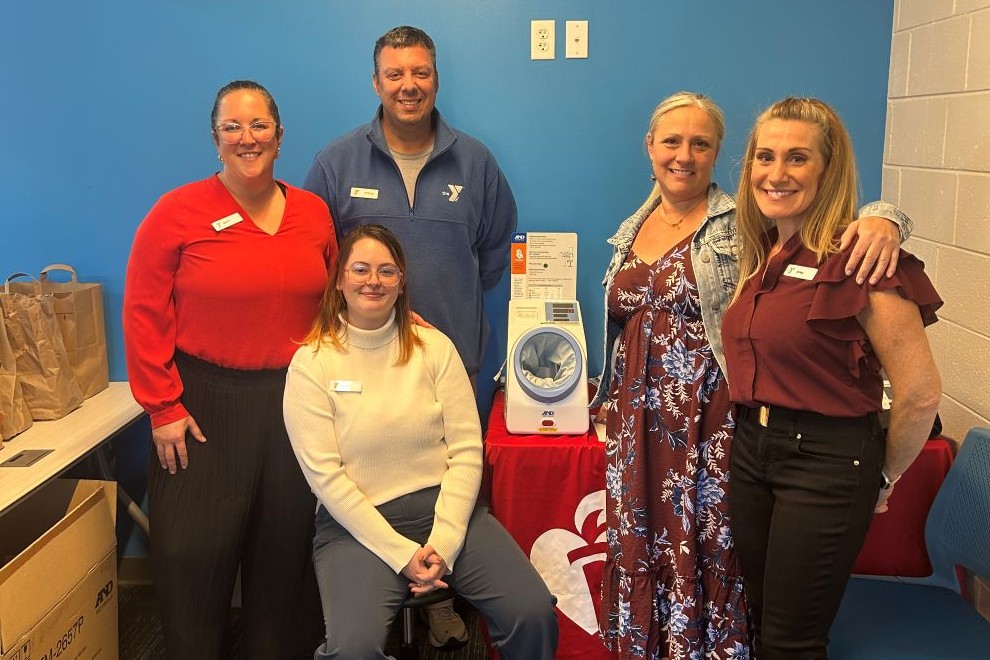Are sagging eyelids causing vision problems for you or a senior you love? Do you have discomfort from eyelid folds that are rubbing together? While sagging or drooping eyelids are a common part of aging or due to medical conditions like lazy eye, treatments can help regain vision loss.
True drooping of the upper eyelid (ptosis) is caused by a loose muscle in the upper eyelid. With age, our eyelids stretch and the muscles and tendons that support them start to weaken. When those muscles slip, the upper eyelid falls, covering part of the pupil and decreasing the patient’s field of vision – especially peripheral vision.
When we talk about a heavy upper eyelid, we are referring to the skin of the upper eyelid being excessive, causing the eyelid to touch the eyelashes. The heavy upper eyelid then covers up the superior, or upper, field of vision for the patient. A heavy upper eyelid simulates a drooping eyelid and has the same effect, but a different cause.
Oculoplastic surgeons are uniquely qualified to determine the cause of each patient’s sagging eyelid condition. If it is determined that the patient needs a ptosis repair for a drooping eyelid, the muscle that holds the eyelid up is tightened to correct the placement of the eyelid. If a patient has a heavy eyelid and a blepharoplasty is needed, excess skin and fat is removed from the eyelid.
An exam of the eye lets the doctor determine the cause of each patient’s eyelid condition. In the office, the doctor will conduct a vision exam to test your current vision and document your vision loss, including your upper and peripheral vision. The upper eyelid position is also documented with photographs. These are needed for insurance claim purposes and to help plan the surgery. In the photographs, insurance companies like to see the upper eyelid within two millimeters of the central pupil, or opening, of the eye.
Most functional eyelid surgeries are covered by insurance. Once the testing is performed, each insurance carrier has its own criteria for determining coverage of drooping upper eyelid surgery (ptosis repair) or heavy upper eyelid surgery (functional blepharoplasty).
Unlike many other eye surgeries (cataract surgery is an example), eyelid procedures can usually be performed by an oculoplastic surgeon on both eyes at the same time, if necessary.
After surgery, most patients experience swelling of the eyes for around forty-eight hours, which can also cause some blurred vision. After approximately forty-eight hours, the swelling starts to improve, and by the first week, most swelling goes down by approximately two-thirds. After the first week, there’s a period of slower improvement in the swelling. Most patients don’t have any swelling after about a month, and many patients notice improvements much sooner than that. There may also be some bruising around the eyes. Like in other parts of the body, bruising may take a few weeks to go away.
Wearing a patch typically isn’t required after eyelid surgery. Occasionally, a pressure dressing is applied for forty-eight to seventy-two hours, but for the most part, we try not to patch the eyes to allow patients to see after the surgery.
Surgical locations are determined by the condition of the patient. Many procedures can be performed in the office under oral sedation or at an ambulatory or outpatient surgery center. There are rare circumstances that an eyelid surgery would need to be performed in a hospital setting in order to control pain after the surgery.




